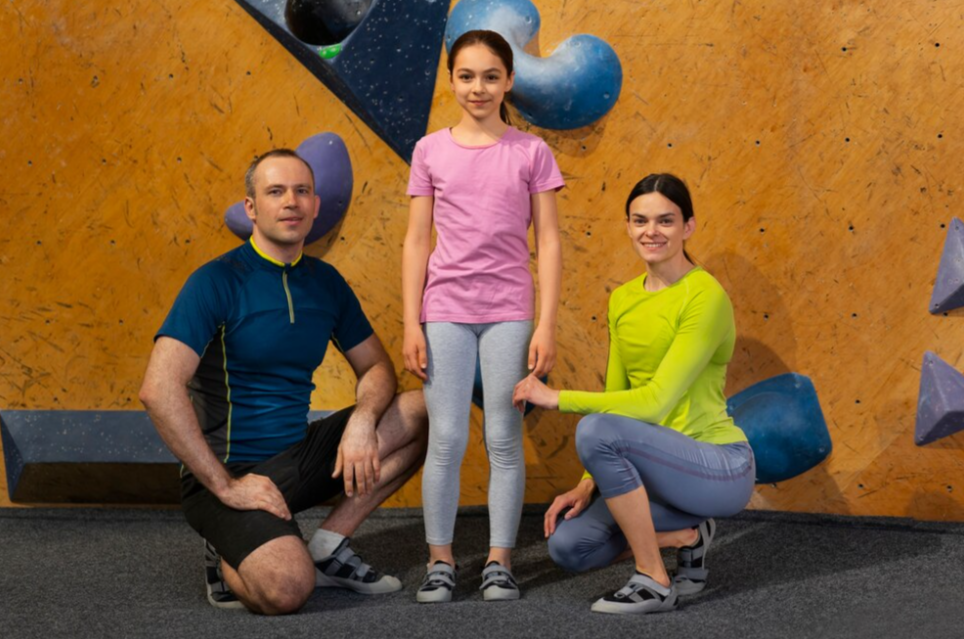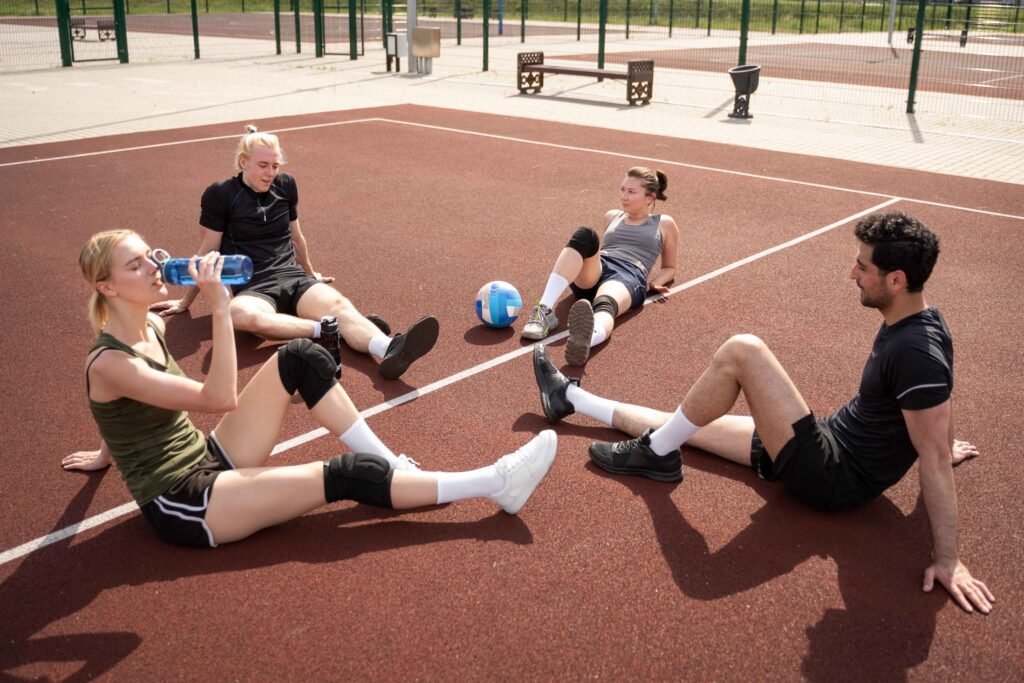Lack of physical fitness is therefore associated with unfavorable health both physical and mental health. The purpose of this study was to assess the health-related physical fitness of children with ID and, therefore, understand the fact that: Physical activity and motor development affect the fitness of these children.
Methods
The study was composed of 128 children with moderate to severe ID, 83 male, and 45 female, with ages ranging from 2 years to 18 years, from specific day facilities. The respondents had their assessments done which included body mass and fat percent, amount of strength, stamina as well muscle strength, and the cardiorespiratory Physical Fitness level. Standard reference values, for comparison with their scores, were used. In conducting the study, Linear regression analysis was employed in making the comparison to physical activity and motor development and the fitness outcome.
Results
The authors noted that overweight and obesity affected between one-fourth and one-fifth of the population, so there were high prevalence indices of weight problems. The data obtained showed that the majority of participants (71-91 %) Regarding muscular strength, endurance, and cardio-respiratory endurance most of the participants (71-91%) had a lowered value compared to the reference values. Physical activity as well as motor development proved to be directly related to increased physical fitness test results (β = 0. Antecedent knowledge scores 27–0. 44; p < 0. 05).
Physical Activity Correlates in Individuals with Intellectual Disability

A synthesis of factors associated with the promotion or facilitation of PA for individuals with ID is vital in the establishment of an intervention. In a review of this study, the influence of the genetics of human personality & tendencies, & the development of PA at personal, social, environmental & policy levels was considered for the people with ID during their lifetime.
Material and Methods
Researchers electronically searched for studies up to February 15, 2021, applying the terms “Physical Fitness activity” and ‘intellectual disability’. They Break it down into adolescents (under 18), adults (between 18 and 50), and the elderly (those aged 50 years and above).
Results

From 83 PA factors in 39 studies (26,456 participants), three consistent factors were found for adults. Older age, more severe ID, and physical mobility issues were linked to lower PA levels. No consistent factors were identified for children, adolescents, or older adults.
Purpose
To synthesize literature that explains the impact of physical exercise on the health of intellectually disabled persons out of the existing more likely stock of knowledge.
Methods
These databases, PubMed, CINAHL, SPORTDiscus, and Scopus were searched for keywords that all the researchers agreed on until the end of January 2018 adhering to the PRISMA guidelines. They have also used specific scales to evaluate the quality of the studies identified according to the study design.
Results
Overall, 44 studies were included in the current review: seventeen were randomized controlled trials, eleven were non-controlled, 10 were randomized but not controlled, and six were comparative. It was seen that the predominant categories of interventional methods were aerobic exercises, strengthening exercises, and combined exercise categories. Cardiovascular and Physical Fitness increased while exercising and general fatness reduced although not all the studies reflected this fact.
Conclusion
Physical Fitness Aerobic exercise increases cardiovascular and muscle strength in adults with MID, and in some cases may reduce body fat. Additional research in body composition will help in understanding the benefits of exercise alongside the new intervention approaches.
Implications for Rehabilitation
There is an increasing call for the prescription of exercise for adults with intellectual disability to enhance physical fitness and consequently the need for prescription guidelines among rehabilitation professionals.
Aerobic activity enhances cardiovascular and muscular exercise capabilities, flexibility, and motility in this group.
Much as physical exercise has both positive and negative impacts on body composition in other adults, there is limited data about adults with intellectual disabilities.
There is supporting evidence on dancing as an exercise for older adults, water exercise, and animal-assisted therapy are areas of further research.
